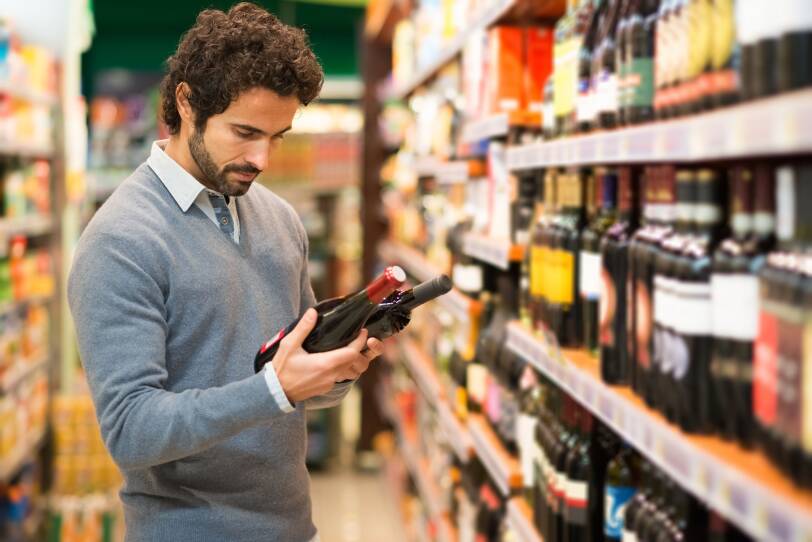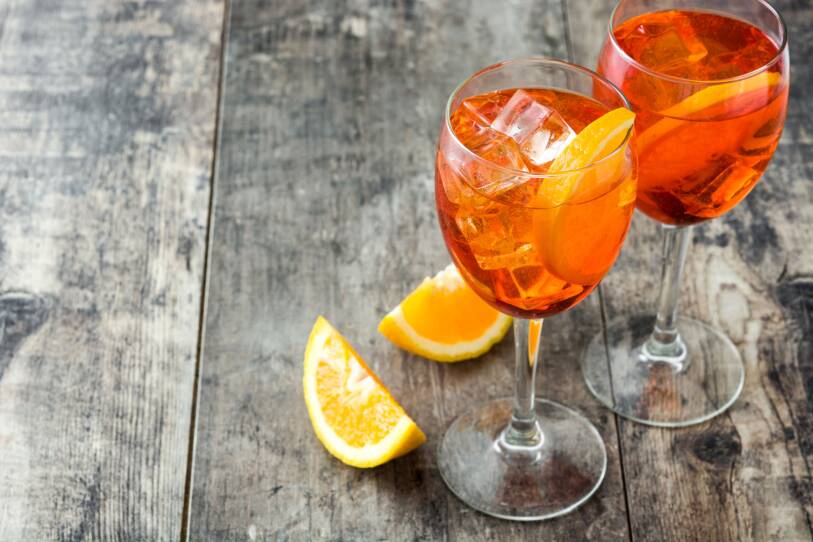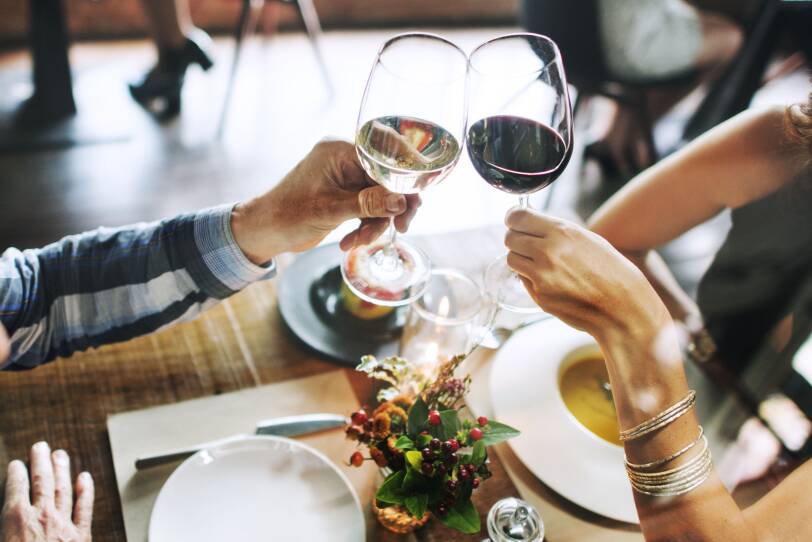Metro-Boston’s culinary landscape is exploding. Alongside hometown standards from luminaries like Barbara Lynch, Ming Tsai, and Lydia Shire, the next wave of excellent cuisine is coming from names like David Bazirgan, Alex Saenz, and Collin Davis. It’s an exciting time to dine out in and around Boston.
As our culinary vocabulary and curiosity expands and deepens, so do our sipping habits. The days of hoping for a single, decent craft beer on tap are long gone. We no longer have to keep our fingers crossed when we order a proper gin martini before dinner, or fret over a wine list containing merely a half-dozen generic choices.
Bostonians are becoming more sophisticated in not only what wine we’re drinking, but how we choose to do so. To gain a better understanding of how our wine drinking habits are changing, I spoke with several wine professionals around town. Their answers were surprising.
We’re drinking even more rosé than before
Rosé is no secret, and hasn’t been for a few years now. People no longer flinch when someone at the table requests a glass for dinner. More and more bottles line home wine racks. Restaurants offer more choices by-the-glass than ever. What is surprising is the continual growth of the category. While rosé sales still only account for 1.5% of all wine sold in the US over the last year, that represents a stunning 53% increase over the year before. There are no signs of slowing, either. Rosé wine growth is a predicted industry trend for 2018.
Henry Aime Amar, creator of the wine list for the Mediterranean-themed Baraka Restaurant (and former wine director at L’Espalier), marvels at the increasing popularity of rosé wines. “The rosé trend is still here as rosé wines are still hot and in constant demand,” he said.
Wine educator and consultant Missa Capozzo seconds that idea. “I do quite a few in-store tastings, and the moment you walk into any given liquor store right now you are greeted with a sea of pink! To be frank, it's about time.”

We’re open to trying something new
It wasn’t all that long ago people stuck to the basics when it came to picking a wine. France, Italy, and California were at the top of most lists. As better wines made their way to our shelves and tables consumers slowly started trying varietals like Grüner Veltliner from Austria or Txakolina from Basque Spain, and liking them.
Now wine from almost anywhere is open for consideration, and the sources will only continue to get more exotic. The next big thing? Many think it’s China.
Jennifer Scott, owner of Taste Bar and Common Vines retail wine shop in the Financial District, sees the open-mindedness in her customers. “People are more open to alternatives, more unique options. They are not as dogmatic looking for a specific, more traditional grape. For example, we don’t serve any Pinot Noir by the glass and 99% of the time people are happy with the alternative. We find people are looking for unique wines.” Henry Aime Amar notices the change as well. “Guests are curious about new wines from the Balkans, Greece, Turkey, and Israel.”
For beverage educator extraordinaire and WSET instructor Erika Frey, exploring new varietals and origins goes beyond the classroom. For her, it’s personal. “It was California that really made me fall in love with wine, but I find myself drifting away now that I have been studying more European wine. Especially with more and more wines coming to us from eastern Europe, you are more likely find me sipping something like Croatian Posip or Georgian Mtsvane.” Each glass is a chance to taste more of the world, and the opportunity need not be spent on the same old grape varietals. “I enjoy the adventure of wine, and wine is my way of traveling and learning about the world,” she said.

We’re enjoying wine in ways that used to drive us nuts
It used to be so simple. White wines were chilled and served with chicken or fish, and red wines were served cool with red meat. No longer. The simple rules governing wine consumption don’t fit into today’s culinary landscape.
“We’ve become more relaxed about habits that previously would have bothered us, like adding ice to wine,” said Jennifer Scott. “Wine shouldn’t be so serious. Countries with strong wine cultures do all sorts of things with their wines. Spain, for example, mixing wine with cola.” While many aren’t quite ready for a Coke-Merlot blend, it’s no longer rejected out of hand as it once was.
Other ways to enjoy wine that were scoffed at are much more frequently employed now. For example, serving wine at temperatures once thought inappropriate. Henry Aime Amar has many such customers. “I see more guests asking for chilled red wines from the Loire or Sicily,” he notes. “Red wines from Corsica, Morocco, and Lebanon are often requested chilled as well.”
Jonathon Alsop, owner of Boston Wine School, thinks it’s no crime to chill reds. “Sometimes people who don't like red wine say it’s because the wine is too warm. But they think it's a felony to put red wine in the refrigerator. We have to get the word out that it's okay to do whatever you have to do. It's not an arrestable offense.”
Alsop also notes the recent popularity of another wine style - blending. “One major thing we're seeing right now is that people are much more open to blended wines. You still hear people asking in wine class, is it sick to love blended wine? There's this idea floating around out there that a wine ought to be 100% one grape. If it's not, what went wrong?”
The exploration of how to make a better wine is well-received by the wine community, and even encouraged. Henry Aime Amar is excited for the future. “I have heard of this Spanish man who made a blue wine out of garnacha grapes macerated with chardonnay skins to give it the blue ocean color,” he shared. “I hope wine makers will be more creative and daring in the future like this Spanish man!”

We want to feel a connection to what we’re drinking
If we’re willing to try an exotic grape from a far-away land, we want to know more about it. It’s not enough to merely know the name of the grape or see the bottle. Bostonians want to learn more about the “whereness” of a wine, a term the French call terroir.
Jennifer Scott sees the need for more information. “Our guests, both retail and restaurant, talk about travel influences. Having been to a place makes them more interested in drinking and buying the wines. We have a pretty international clientele here, so we expect to see more guests requests based on their experiences.”
For Henry Aime Amar, a guest’s connection to what they’re drinking is paramount. “For me, the tastings and wine dinners we conduct are all about that connection. Guests don’t buy drinks or wines, they buy experiences. They are always interested in the stories I share about my time spent in the vineyards or with winemakers.”




